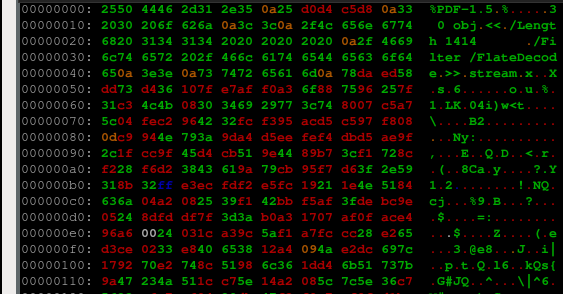TIL - xxd color support TIL, Today I Learned, is more of a "I just figured this out: here are my notes, you may find them useful too" rather than a full blog post
Today (2 January 2024), version 9.1 of the Vim editor has been released [1]!
xxd [2] is a utility that is distributed with Vim and is my go-to-tool when it comes to view or manipulating binary files.
